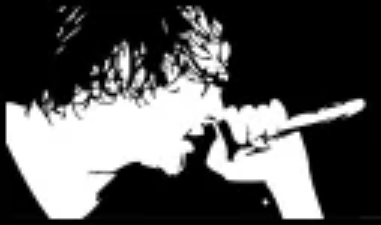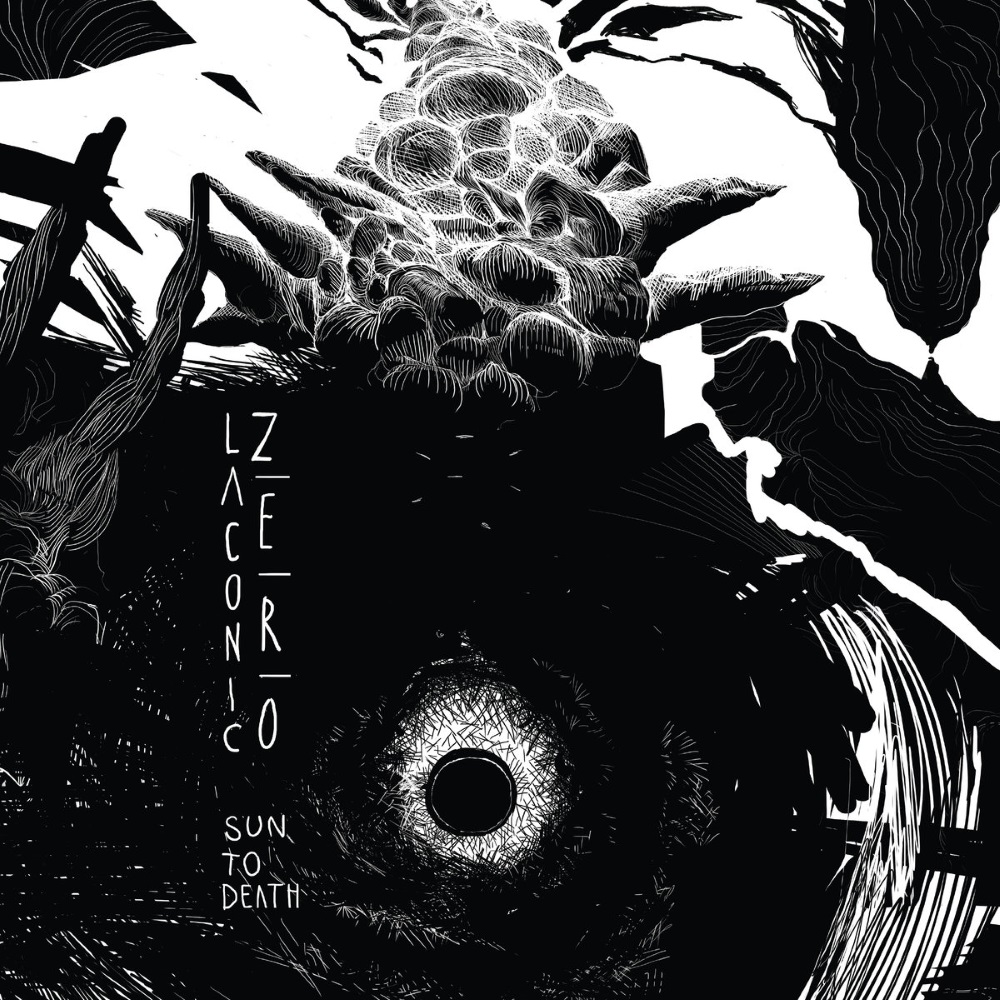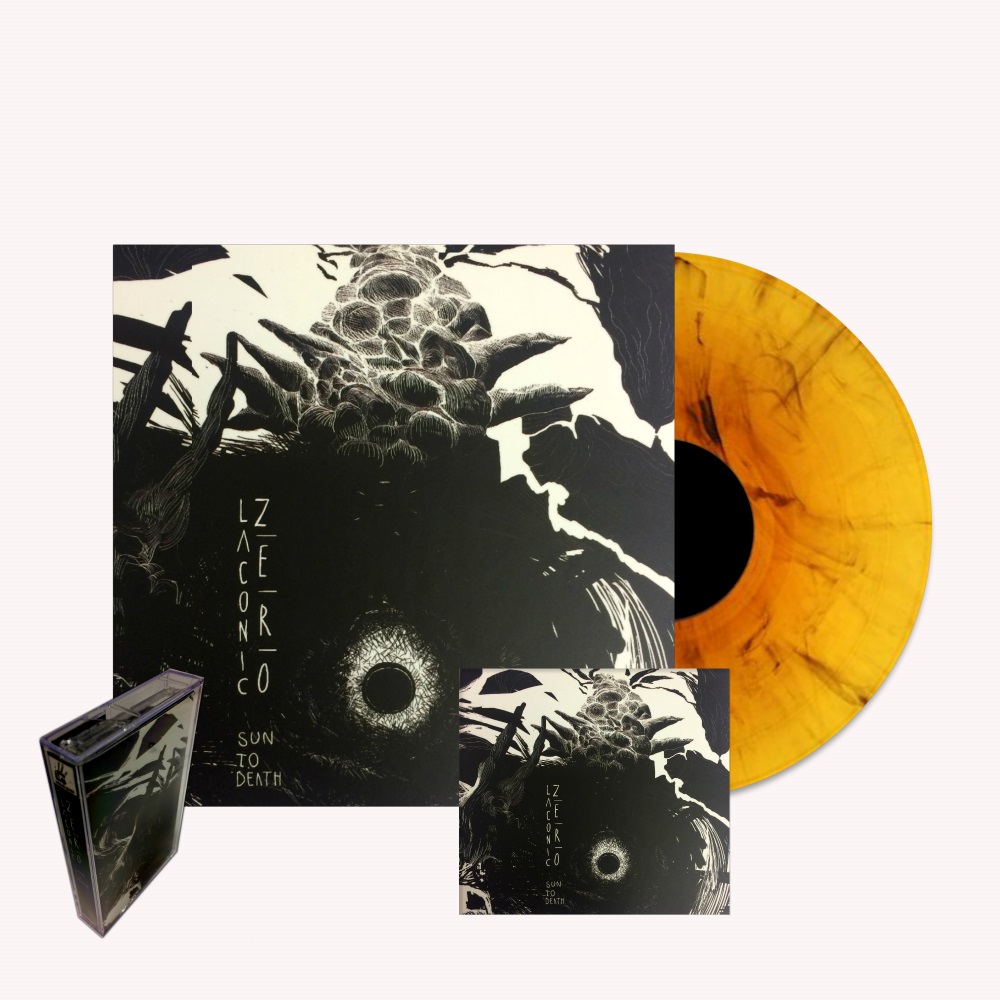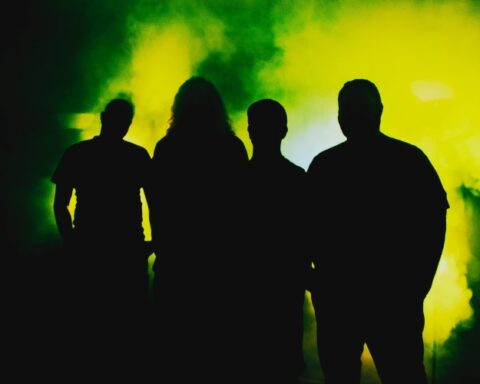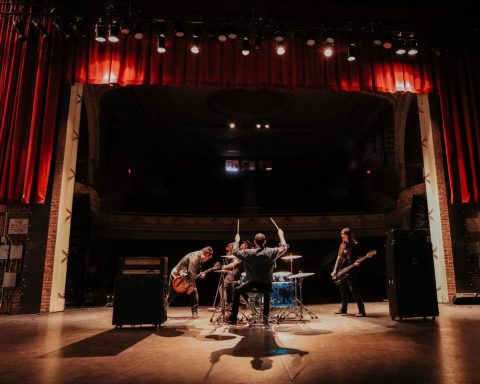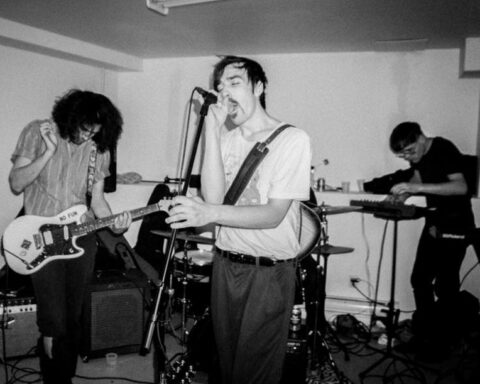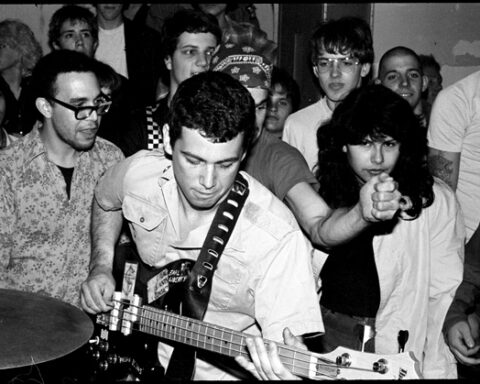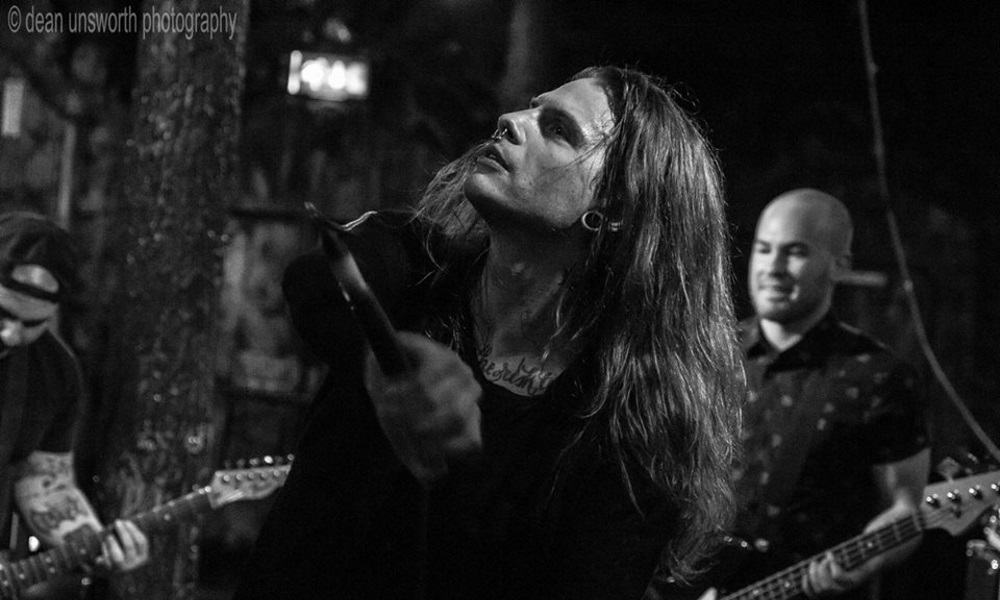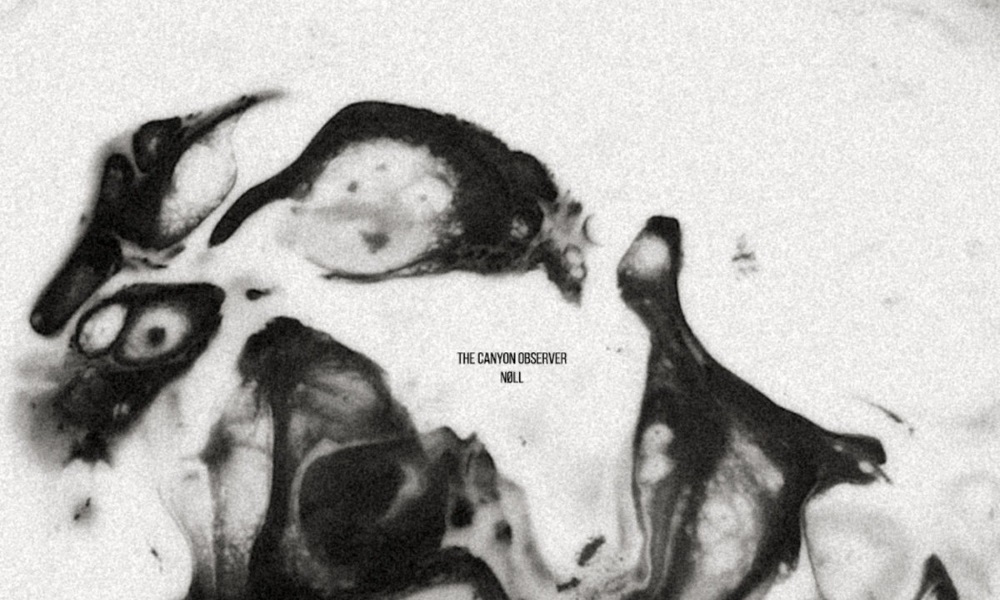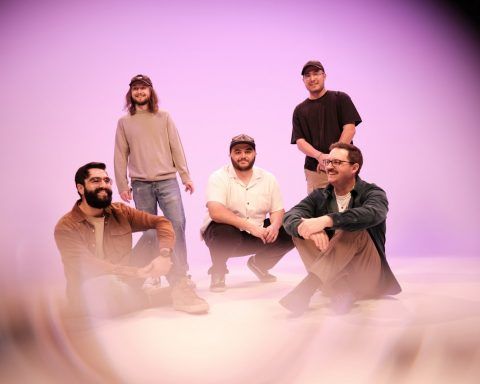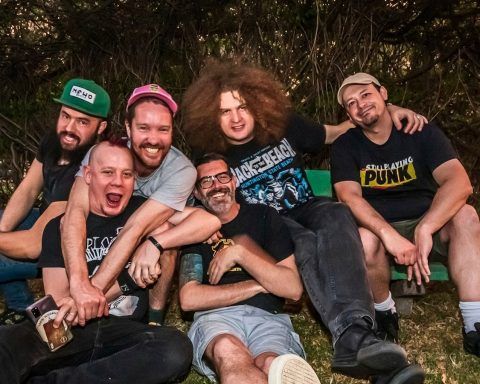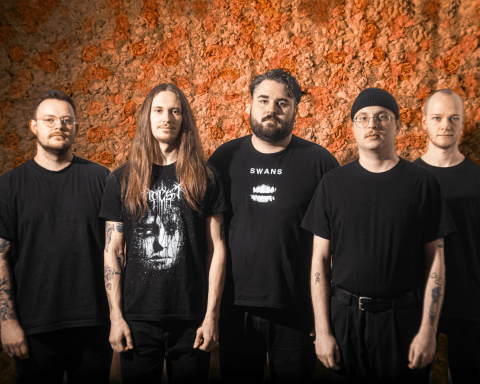There’s nothing quite like the mind-bending immediacy and experimentalism of a LIGHTING BOLT or THE LOCUST show, I bet most of our readers already know that. We’ve been praising a plethora of artists, who’s been pushing the sonic possibility of their favored instruments, and somehow still remaining overlooked and so underappreciated. Today, we’re giving you a chance to dive into the realms of “Sun To Death”, a trippy 8-bit electronics and distorted bass experience by Oslo one-man project LACONIC ZERO, dragged through an array of influences to create a feat that’s as inventive as it is unclassifiable.
LACONIC ZERO’s “Sun To Death” comes out on April 6th via Handmade Records (LP/CD/MC/DL).
Laconic Zero is a one man music machinery aka Trond Harald Jensen. Utilizing Commodore 64 programming combined with a heavy wall of distorted bass, Laconic Zero produce complex dagger-stabs of metaldriven chiptunes.
It’s been 11 years since his debut “Tribeca”, produced by famed Shimmy Disc founder Kramer (Butthole Surfers/Ween/Urge Overkill/B.A.L.L). Since 2007 Jensen has continued to tour with Laconic Zero and partially as a member of Next Life, Izakaya Heartbeat, and Mindy Misty.
As Laconic Zero he has shared stages with Lightning Bolt, Casiokids, and collaborated with the late musicprodigy Joey Hopkins.
For your last record Tribeca, you travelled from your native Norway to New York to record with producer Kramer (Butthole Surfers, Ween, Daniel Johnston). This time around you chose to produce the record yourself. How would you say this process was different from last? And… what have you been up to all those years in-between?
Kramer had genuine ears for my bass sound. We decided to give the bass an advantage in the sound picture. I was thrilled with the result as the compositions for Tribeca had many metal and hardcore bass lines.Sun To Death is a different album, it has more melody and punch in the compositions. In this process it was important to find place for all the elements. I wanted to produce this one myself. Sun To Death needed time to find its shape. There was many ideas and sessions to explore. Meanwhile I´ve been involved in different projects. Playing the bass for Mindy Misty, Izakaya Heartbeat and in the past I was producing samples and performing on stage with Next Life.
You base your sound mainly around Commodore 64 programming and add organic sounds to the mix. How do you go about creating music with this setup?
I use music-trackers. A music sequencer software to compose music on a vertical timeline. This system gives the compositions an original overlap possibility, perfect for progressive music. Sometimes I make basslines on the bass and vice versa. I prefer trackers for composing music as I grew up with C64 and back then this was the only choice I had. I still use it as the C64 sounds realy unique on todays stereos, monitors and PA systems etc. The sound is very clean, distinctive and intense. There are also commercial trackers made for todays technology. At the final stage my music ends up on mixer channels. From here the possibilites are unlimited, for me it has been important to always remember where the ideas came from. For the best result I keep it simple as possible.
Was there a music scene connected to computer-gaming when you grew up? and what other music inspired you early on?
Yes and still are. The C64, AMIGA,ATARI ++ etc.was commercial success for playing videogames in your home. The RAM made it possible to program yourself. Then hackers started to crack the games, a scene that exploded and developed a demo scene. This is creative people doing computer art, visuals with music. I was inspired by commercial gamemusic composers (Martin Walker, Matt Gray, Rob Hubbard+) and also demoscene music composers (Kjell Nordbo, Geir Tjelta, GRG+). The history of C64 musicians are massive. Check out High Voltage Sid Collection on the internet. When I was a teenager I had a crush on Nirvana, Unwound, Shellac and Mudhoney just to mention some. All these bands me and my friends were listening too, opened many doors. Later we all hooked up with more people in Oslo sharing the same passion for underground music. There I got introduced to bands like Next Life and Epikurs Euforie. Labels like Handmade Records and Etch Wear “do it yourself” attitude has always been an inspiration.
The Cover art on “Sun To Death” is quite intriguing, who is the artist behind it?
Her name is Camilla Wang. I was introduced to her by Handmade Records, and then it was no doubt, Check out her great work on instagram.
Will you be touring behind this release? And how are live presentations of your music different from the recorded music?
I am touring Europe this year with Trigal. Being booked as we speak, feel free to contact us. My albums are documentation. Laconic Zero live is something completely different. It´s like an intense journey or surrelastic movie with meaning. A performance that should be played loud. My live presentations are extremely focused and intimate floor shows gives the extra tension in it. My setup is flexible for all kind of venues.
Thanks for your answers, now…any famous last words?
Beware of deathrays.

